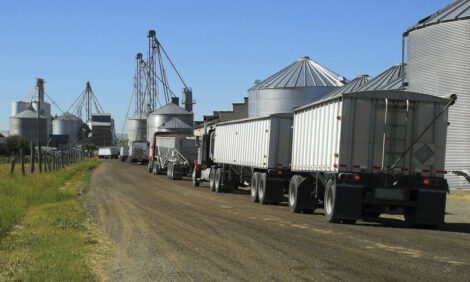



Communication key to consumer acceptance of modern pig production
The pig industry needs to be more open about intensive production systems if consumers are to be more accepting of modern pig production, a new study confirms.A survey of more than 2,500 people across Europe found the majority of shoppers have misconceptions about the way hogs are reared, with few really understanding what intensive production entails.
And with the public having limited opportunities to engage with farmers directly, there is a risk of animal rights groups filling the gaps in consumer knowledge, a scientist behind the survey said.
As part of a team of researchers at the UK’s Newcastle University, social scientist Beth Clark, PhD, questioned shoppers across five countries — the UK, Finland, Germany, Poland and Spain — to find out their attitudes towards intensive livestock production.
The findings reveal that some people do understand that more intensive systems enable farmers to produce meat more cheaply, help secure meat supplies, and bring certain benefits to animals, such as protection from poor weather.
But they also show consumers are concerned that intensive systems are poor for animal welfare, as they believe they stop animals from displaying natural behaviours and have lower standards of stockmanship.
Speaking to Pig Health Today, Clark said the survey — carried out as part of the EU-funded PROHEALTH project — highlights the disconnect between consumers and modern livestock production.
She said it also stresses the need for the pig sector to take a more proactive role in explaining modern agricultural practices to consumers.
“People don’t have the ability to visit [farming] facilities, they don’t know people working in agriculture, and they don’t know where their food comes from,” she said.
“For example, for pig production systems around a third of people thought they were buying from intensive systems, but it’s a much higher [amount] than that.”
To tackle the problem, Clark said it was vital the industry does more to provide accurate information to consumers about how intensive systems are run, as well as the good care and practices farmers use in them.
“Putting information in the public domain can have pitfalls and does have the potential to be misused by organisations,” she said.
“But it is important to ensure the industry’s voice is heard, and that accurate and positive descriptions for the industry are made available for the public.
“Without it, there’s a real risk that the media or other organisations will fill those knowledge gaps with more emotive of factually inaccurate language, which could be incredibly damaging.”









